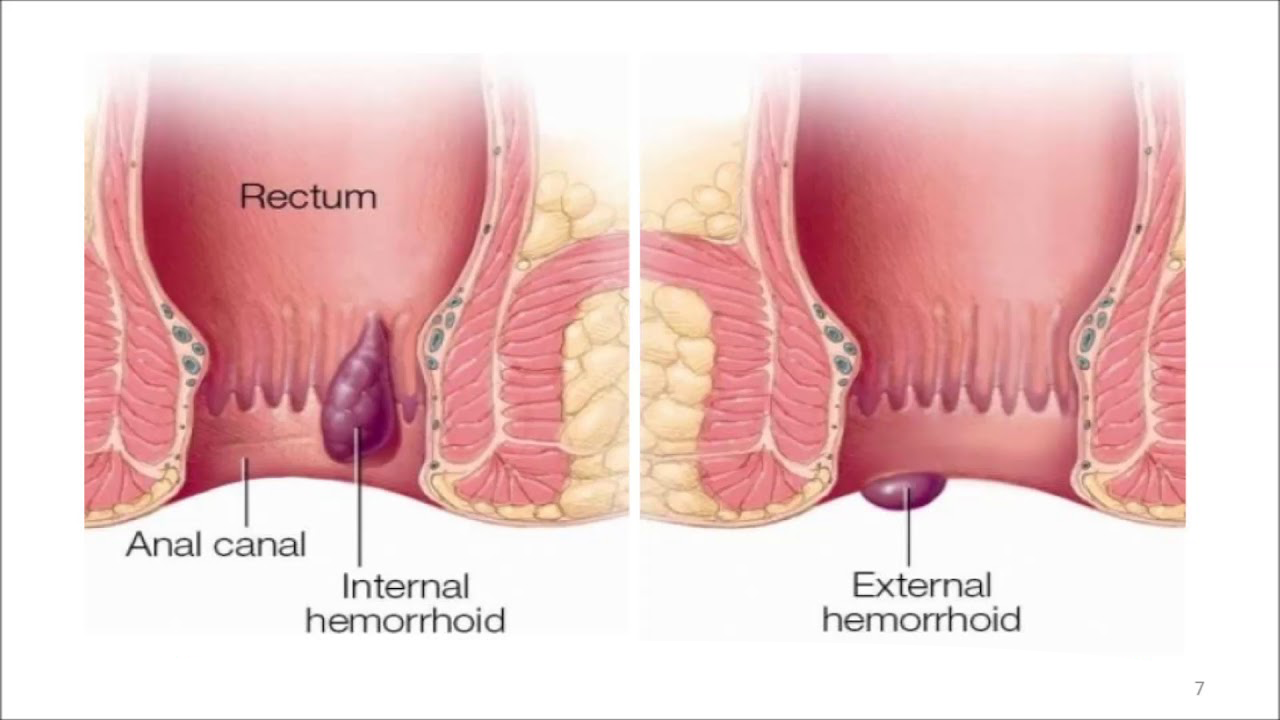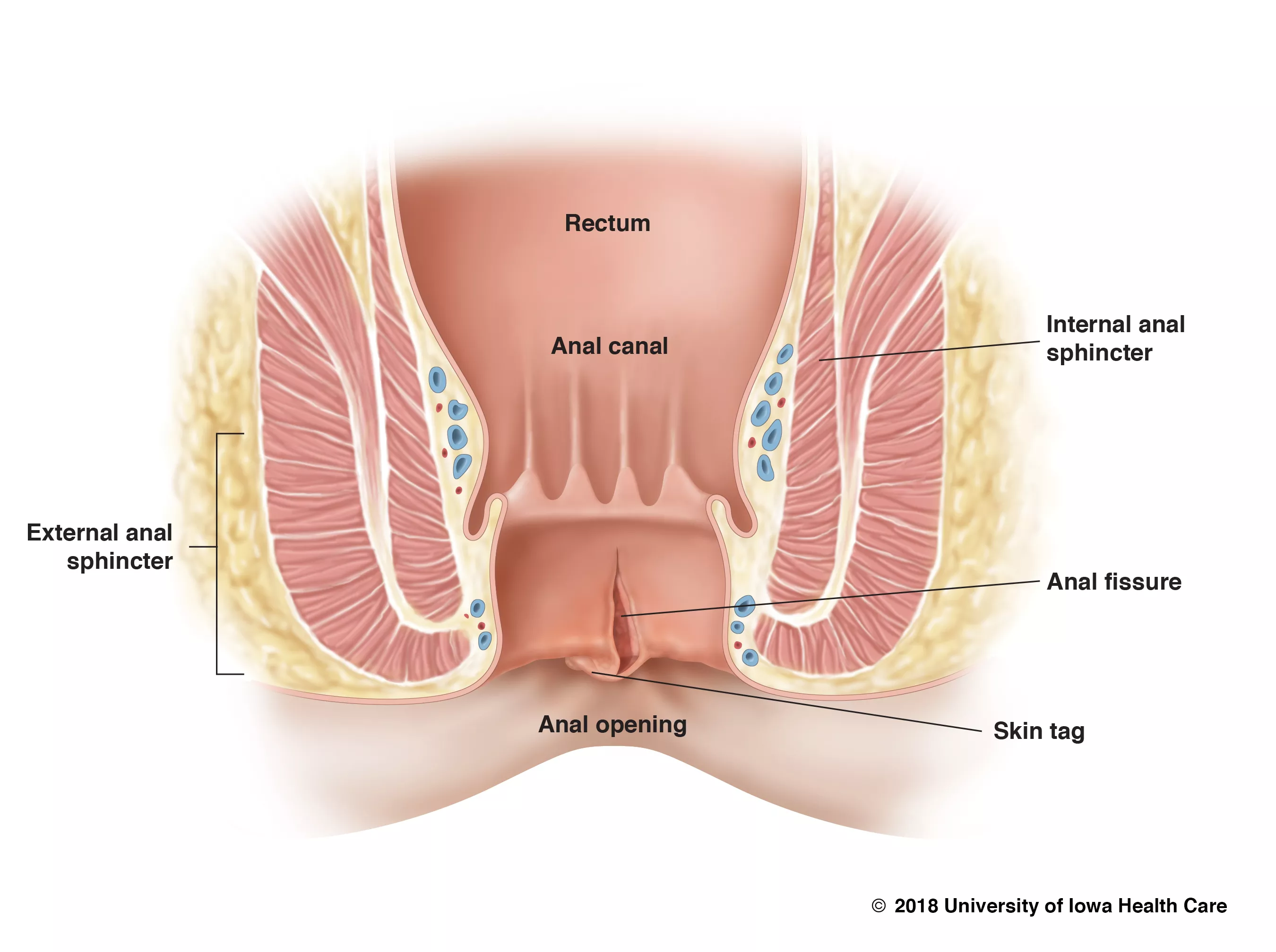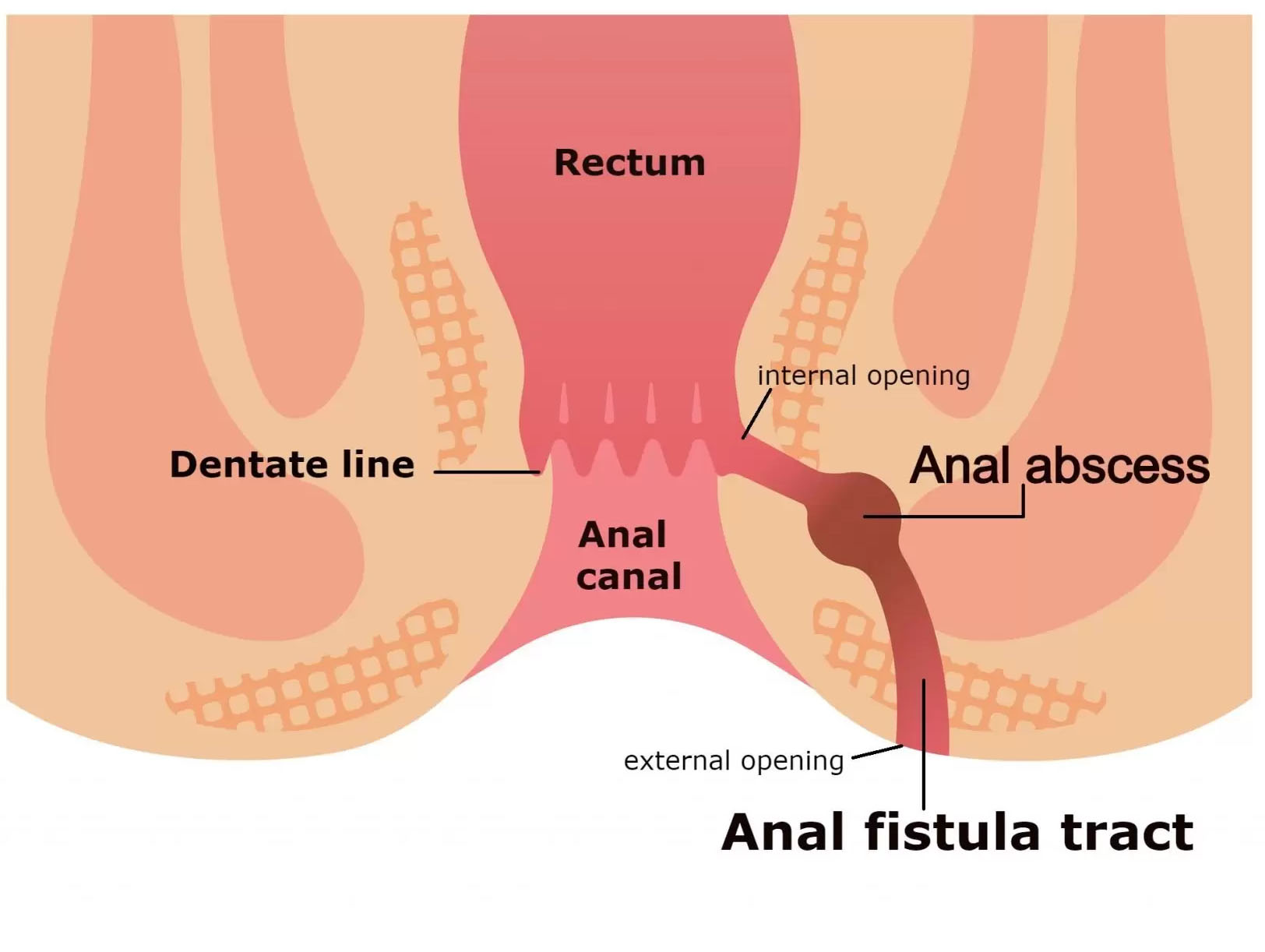Anorectal Disorders
Overview: Hemorrhoids, commonly known as piles, are swollen and inflamed veins in the rectum and anus that result in discomfort and bleeding. This condition is relatively common and can occur for various reasons, often related to increased pressure on the blood vessels in the pelvic and rectal area.
Causes:
- Straining During Bowel Movements:
- Putting excessive pressure on the rectal veins during bowel movements.
- Chronic Constipation or Diarrhea:
- Irregular bowel habits can contribute to the development of hemorrhoids.
- Pregnancy:
- Increased pressure on the pelvic veins during pregnancy.
- Obesity:
- Excess weight can contribute to pelvic pressure and the development of hemorrhoids.
- Sitting or Standing for Prolonged Periods:
- Inactivity or prolonged periods of sitting or standing can contribute to hemorrhoids.
- Genetic Predisposition:
- Family history may play a role in susceptibility to hemorrhoids.
Symptoms:
- Bleeding:
- Bright red blood on toilet paper or in the toilet bowl after a bowel movement.
- Pain or Discomfort:
- Discomfort or pain, especially during bowel movements.
- Itching and Irritation:
- Itching or irritation in the anal region.
- Swelling:
- Swelling around the anus.
- Prolapse:
- Prolapsed or protruding hemorrhoids outside the anal opening.
- Mucus Discharge:
- Mucus discharge after bowel movements.
Types of Hemorrhoids:
- Internal Hemorrhoids:
- Occur inside the rectum and may not cause significant discomfort. They can bleed or prolapse during bowel movements.
- External Hemorrhoids:
- Develop under the skin around the outside of the anal opening. They can be itchy or painful.



